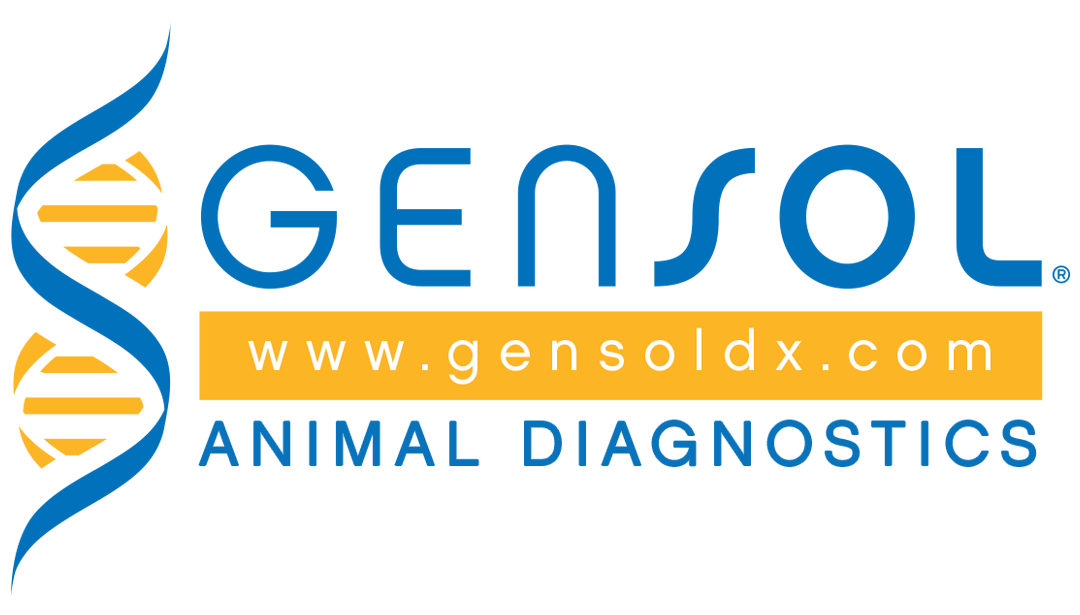CMO
Craniomandibular Osteopathy (CMO)
Craniomandibular Osteopathy (CMO) is an inherited disease characterized by developmental changes in the bones of the jaw or mandibular joints. Additional skeletal changes can also sometimes be observed in the skull and long bones of the legs. Symptoms are first noticeable at around 4-8 months of age and are characterized by signs of discomfort when chewing due to abnormal growth of the mandible, occipital, and temporal skull bones. Additional symptoms can include swelling around the jaw and difficulty with mouth movement as observed by excessive drooling and difficulty holding food or toys. Bone growth can cease around one year of age and may recede or resolve in some cases without treatment. Typically, cases of CMO are not fatal but can lead to a reduced quality of life due to a reluctance to eat leading to malnutrition.
Reading Your Results
A. (CLEAR/NORMAL):
These dogs have two copies of the normal gene and will neither develop Craniomandibular Osteopathy nor pass this mutation to their offspring.
B. (CARRIER/NOT AFFECTED):
These dogs have one copy of the normal gene and one copy of the mutation associated with this disease. They can potentially develop Craniomandibular Osteopathy and will, if bred, pass the mutation to 50% of its offspring, on average.
C. (AT RISK/AFFECTED):
These dogs have two copies of the mutation associated with Craniomandibular Osteopathy which results in developmental changes in the bones of the jaw or mandibular joints.
Additional Details
Inheritances
Autosomal Incomplete Dominant
Affected gene
SLC37A2
Chromosome
Ch. 5
Mutation
9387327 C>T
Publication:
Hytonen MK, Arumilli M, Lappalainen AK, Owczarek-Lipska, Jagannathan V, Hundi S, Salmela E, Venta P, Sarkiala E, Jokinen T, Gorgas D, Kere J, Nieminen P, Drogemuller C, Lohi H. Molecular Characterization of Three Canine Models of Human Rare Bone Diseases: Caffey, van den Ende-Gupta, and Raine Syndromes. PLoS Genet. 2016 May 17;12(5):e1006037. [PubMed: 27187611]

